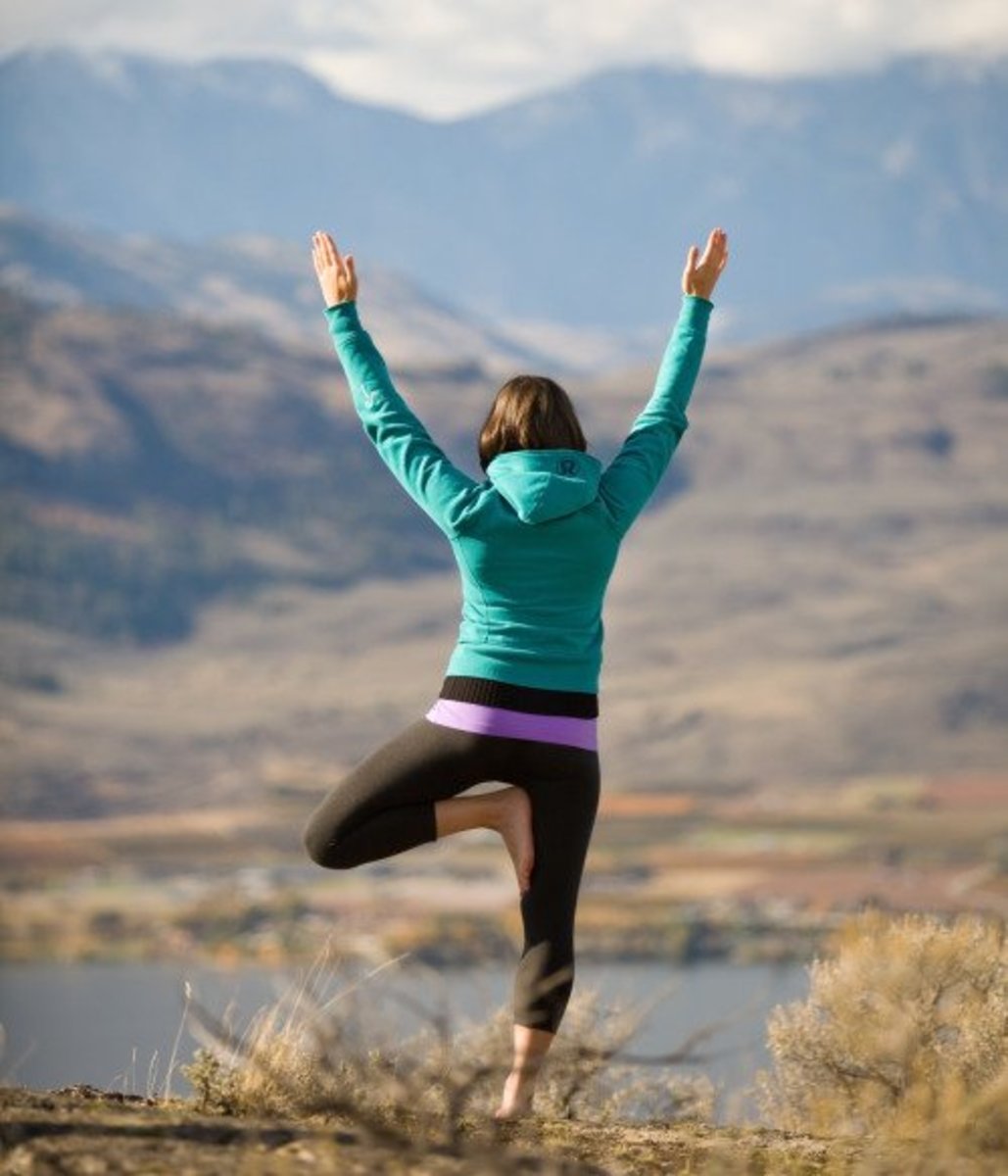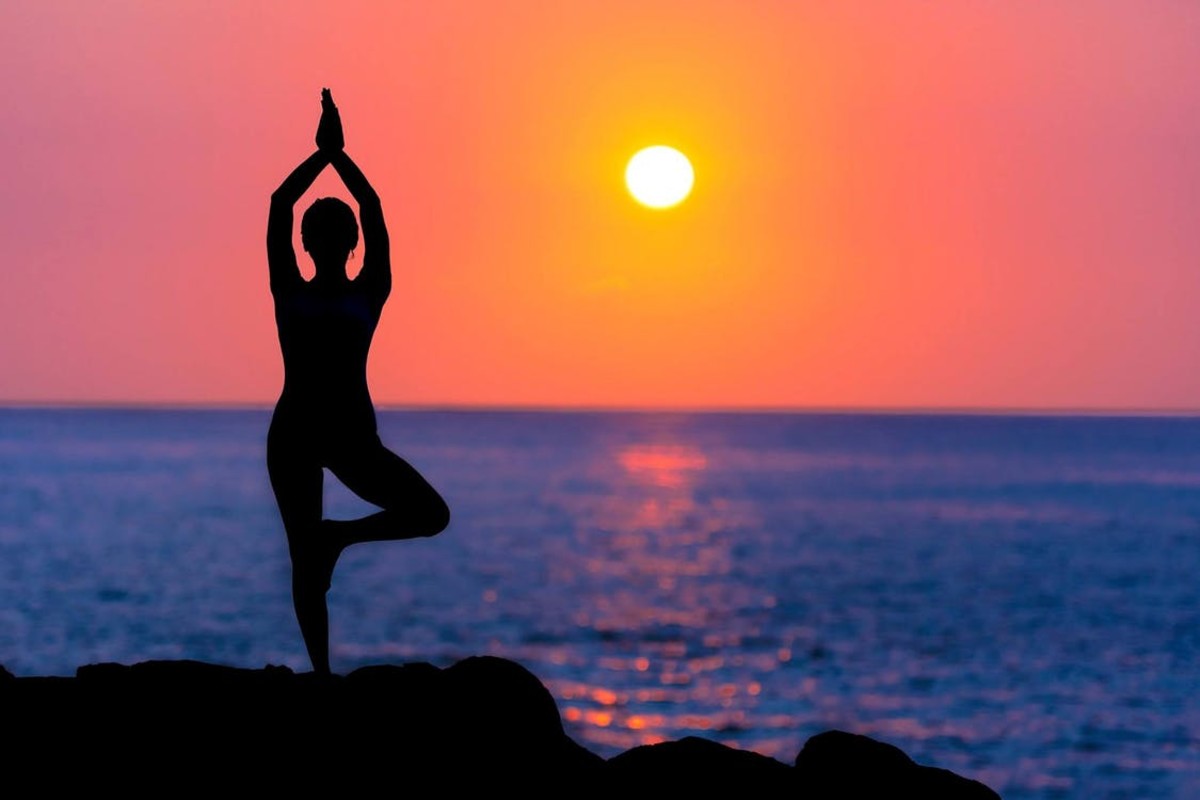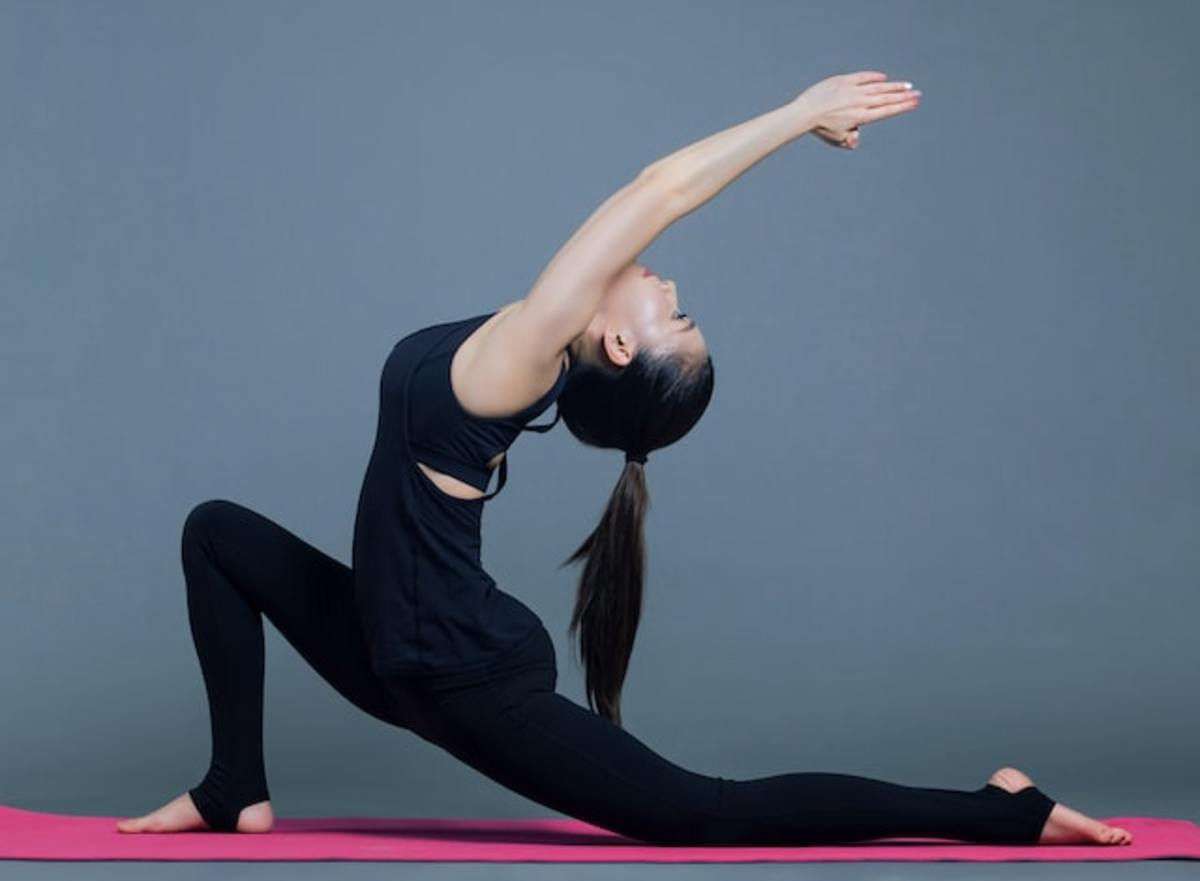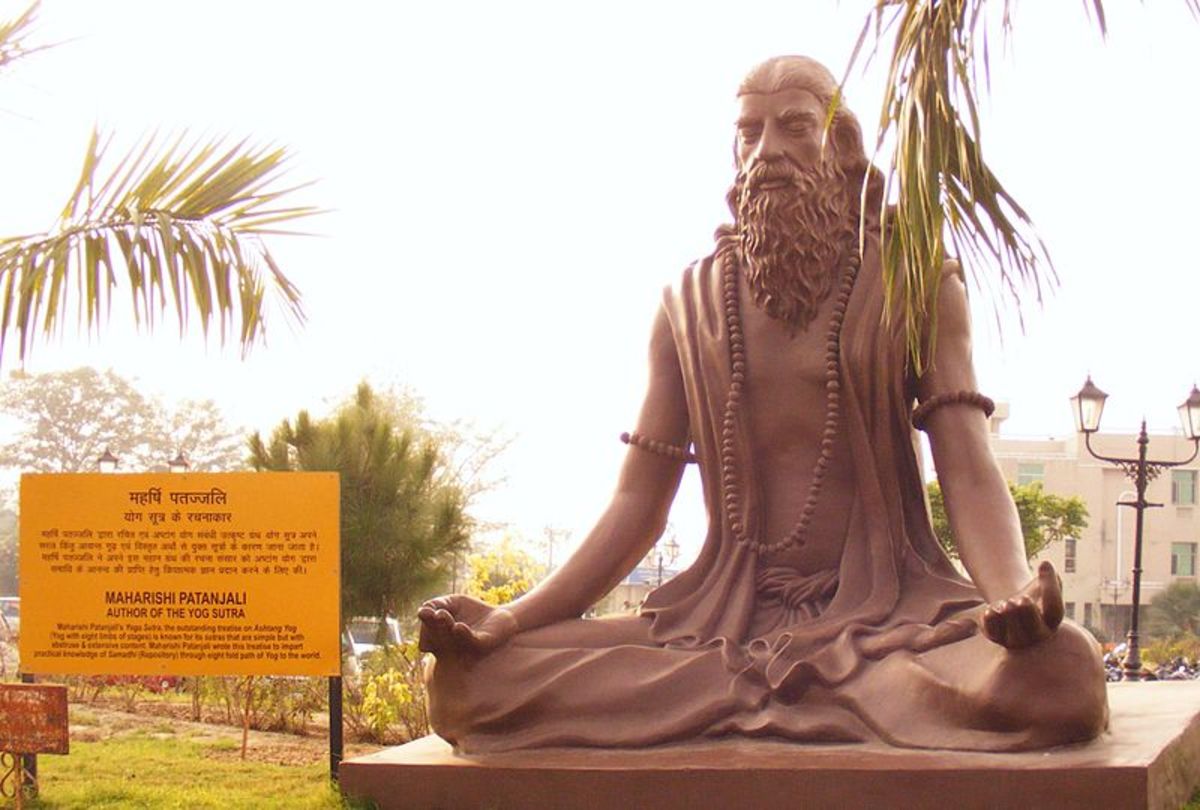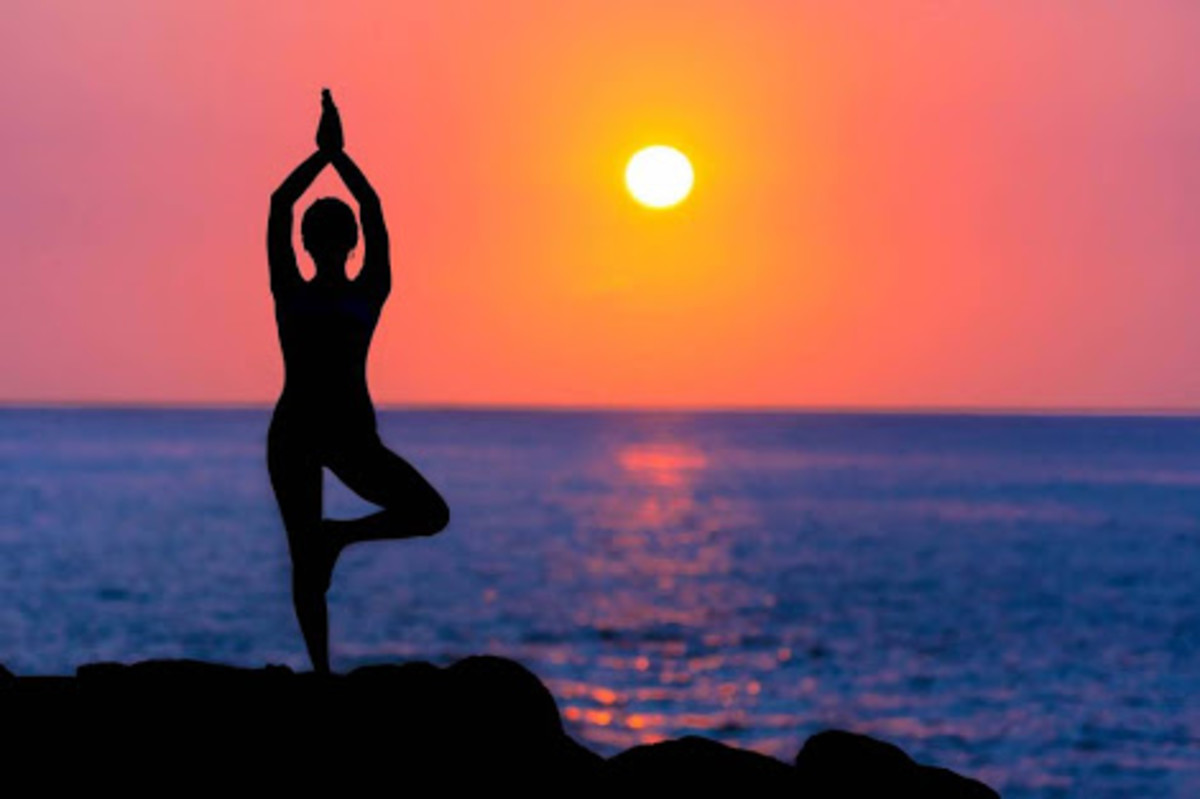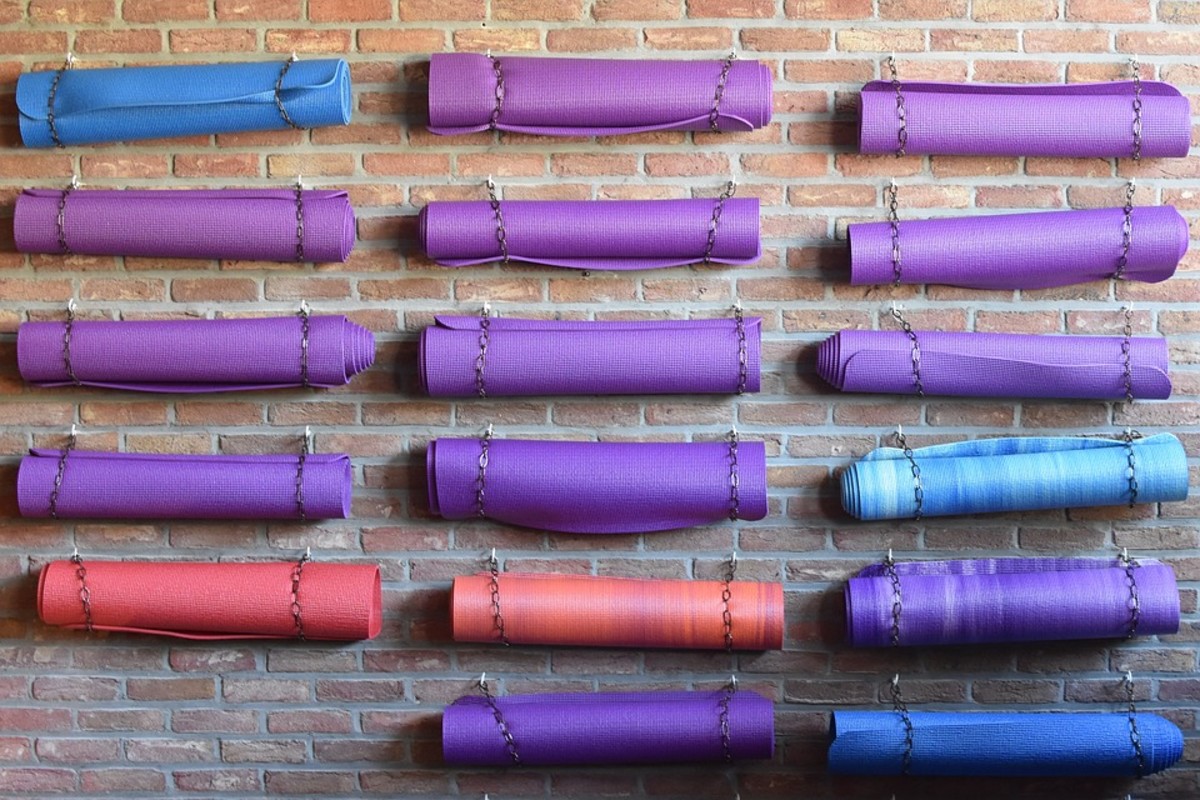An Introduction To Yoga - Tips For Beginners

A Brief History Of Yoga
The ancient practice of yoga is thought to have started in India around 5,000 years ago, but some researchers believe that it may go back as far as 10,000 years. Although yoga was introduced to the west during the late 1800s, in was during the 1940s that the practice of yoga became better known in the western world.
In 1947, yoga pioneer Indra Devi opened a yoga studio in Hollywood, which was attended by stars including Gloria Swanson, Roman Navarro and Greta Garbo. Since then, yoga has become more and more popular in the western world.
The Potential Benefits of Yoga
Yoga is known to provide several health benefits, including increased flexibility, strength and balance. The relaxation aspect of yoga can be beneficial for mental wellbeing, with evidence supporting the belief that it may help those who suffer from depression and stress.
There has been research that suggests that yoga can be beneficial for people with problems such as arthritis. Yoga promotes flexibility and strength, and may be able to reduce the mobility problems and pain associated with the condition.
As yoga can improve balance, it is sometimes recommended for older people who may be at risk of falls.
Many people may wonder if the practice of yoga is suitable for them. It is always advisable to consult your healthcare provider before starting any new form of exercise, but one of the excellent benefits of yoga is that it is suitable for most abilities and fitness levels. If you are new to yoga, it is far better to start by attending a class rather than trying to learn from a book or DVD. If you have any health conditions or injuries, the instructor should be able to provide advice on which postures will help and which should be avoided.
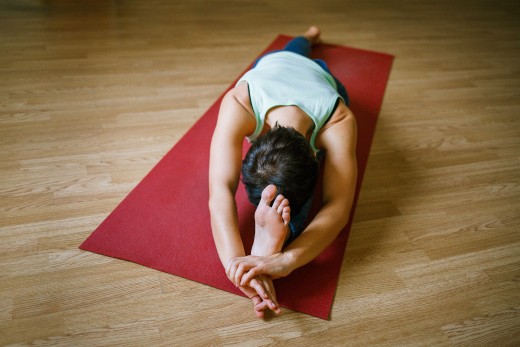
Choosing A Class
There are several different types of yoga, including Hatha, Vinyasa and Ashtanga. Different forms of yoga place emphasis on different aspects of the practice, and some forms are more strenuous than others. When you are looking for a class, you should speak to the instructor to find out more about their style of teaching and assess whether or not it will be suitable for you.
Hatha - This is one of the most popular types of yoga. This style focuses on stretching, with time spent on each pose to deepen the stretch. Hatha yoga is slow paced, so a good choice for beginners.
Vinyasa Flow - Another popular style, Vinyasa has a faster paced movement between poses than Hatha yoga. This type of yoga actually encompasses various other yoga styles, with poses being strung together to form a sequence.
Ashtanga - This type of yoga also follows a sequence, with the same sequence being taught in each class. Ashtanga is a fairly athletic and challenging form of yoga.
These are just a few of the popular types of yoga, there are many other styles. When looking for a class, the instructor should be able to tell you about the style that they teach.
The length of a yoga class can vary, but they tend to be from 45 minutes to an hour and a half in duration. Each class should include a warm up and a cool down, so choosing a class of at least an hour will allow more time for practising the yoga poses.
Many yoga classes are suitable for beginners, but people often continue going to the same class when they have been practising yoga for a while. Instructors may suggest alternatives poses to offer a deeper stretch for those who are more experienced.
Yoga Equipment
The most important piece of equipment that you'll need is a yoga mat, also called a sticky mat. These provide cushioning for the hard floor, as well as creating traction to prevent slipping. The yoga instructor may provide these in class, so it's worth checking before you buy one. If you enjoy the class and wish to continue yoga, you may like to buy one of your own.
You can also buy yoga blocks and straps. Blocks can be used in standing poses to rest your hands on if you are unable to reach the floor. Straps may be useful for poses where you need to hold onto you feet, but have difficulty reaching them.
When it comes to clothing, choose clothes that are comfortable and allow plenty of movement. Yoga trousers can be loose fitting or tight and stretchy, so pick what you feel most comfortable wearing. A short sleeve or sleeveless top is a better option than long sleeves, as many of the poses involve arm movement and longer sleeves may get in the way. However, bring a warmer top for the cool down part of the class, as you may cool down quickly.
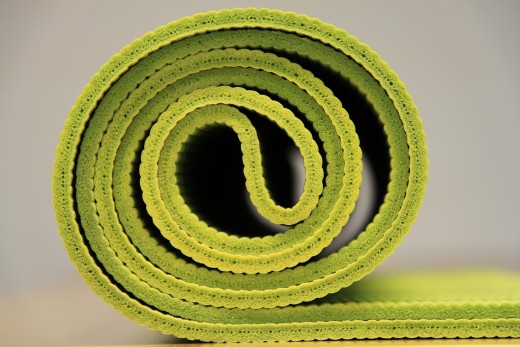
Considerations
If you have any health conditions or injuries, seek medical advice before starting yoga. You should also make the yoga instructor aware of any conditions so they can advise you accordingly.
One of the most important things to be aware of when practising yoga is that you should work to your own abilities. Be aware of your own limitations and follow the advice of your instructor. When practised correctly, yoga can provide benefits for people of varying ages and abilities.
This article is for information only and not intended as medical advice.

